 3257
3257
These days, the Ahal velayat is in the epicentre of a large-scale Culture Week, which is taking place in Turkmenistan during the International Year of Peace and Trust, marked by the 30th anniversary of the country's permanent neutrality. The events that unfolded, despite their thematic diversity, are united by a single conceptual idea - the continuity of national culture.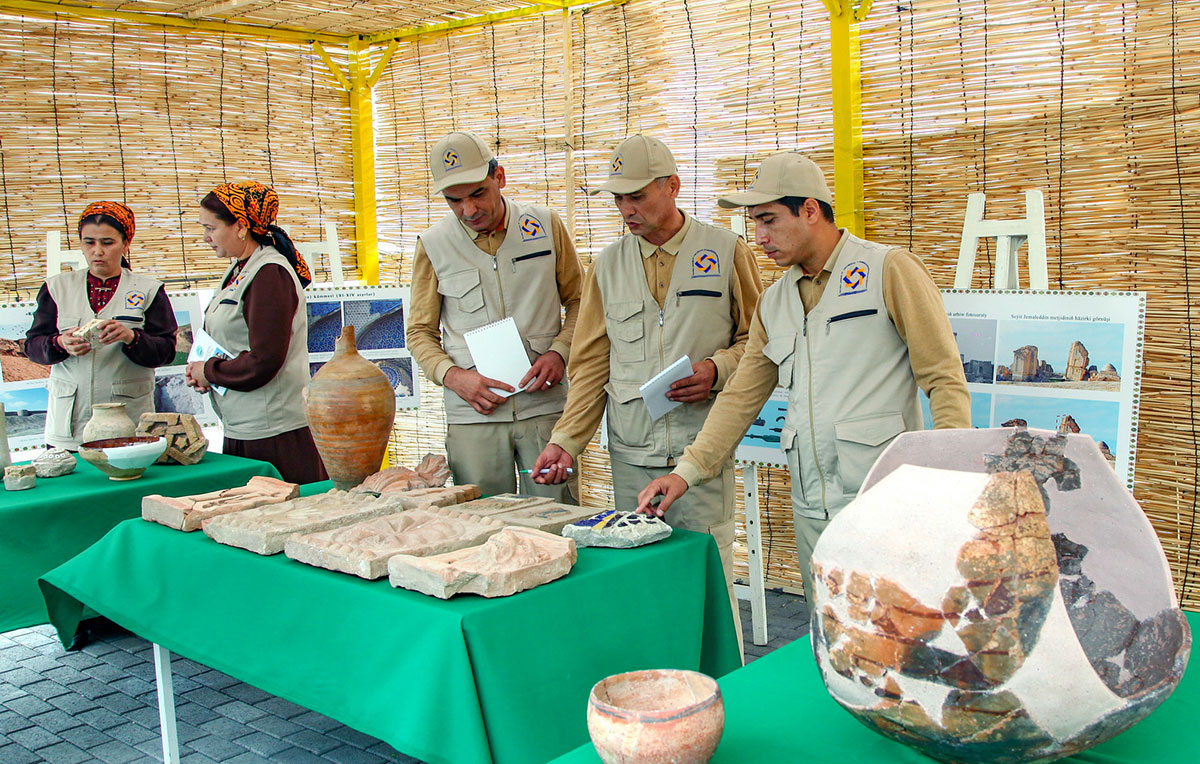

The cultural program of the fourth day started with a scientific and methodological seminar «Taryhy-medeni ýadygärlikleri öwrenmek we gorap saklamagyň häzirki zaman usullary», which took place in the field in the Ancient Anev Fortress. The event emphasised the importance of preserving the priceless historical heritage, and the venue symbolised a deep connection with the past.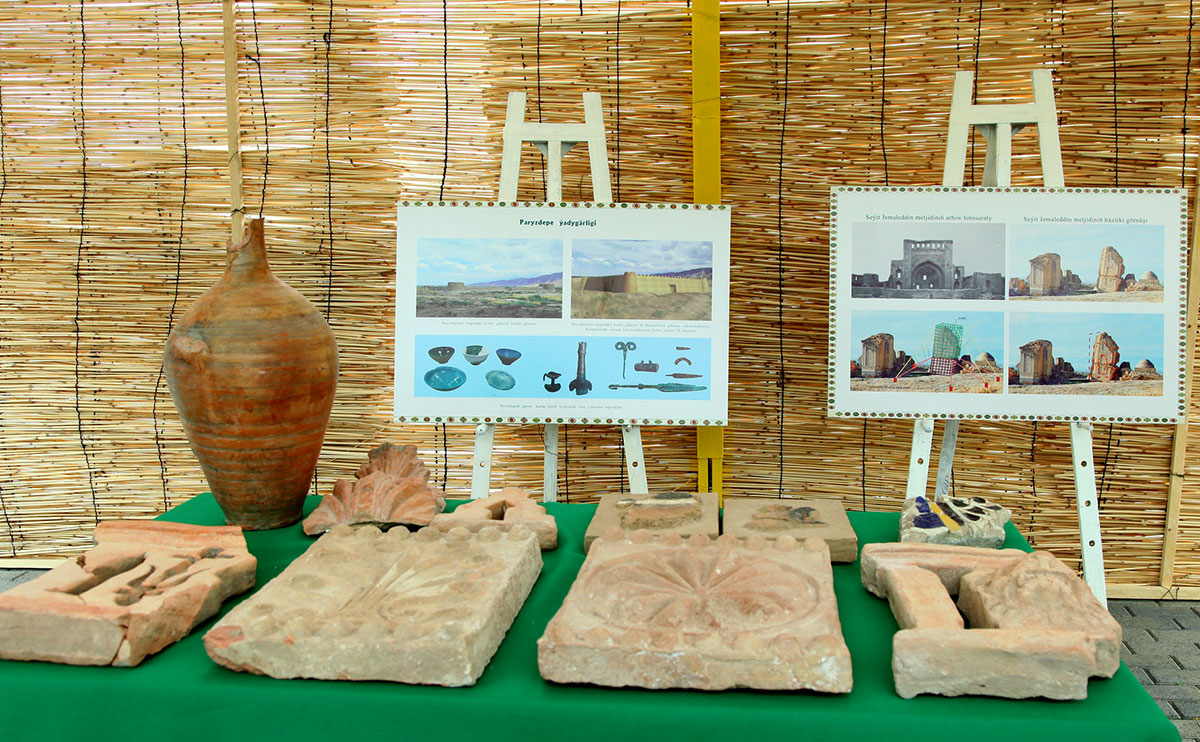
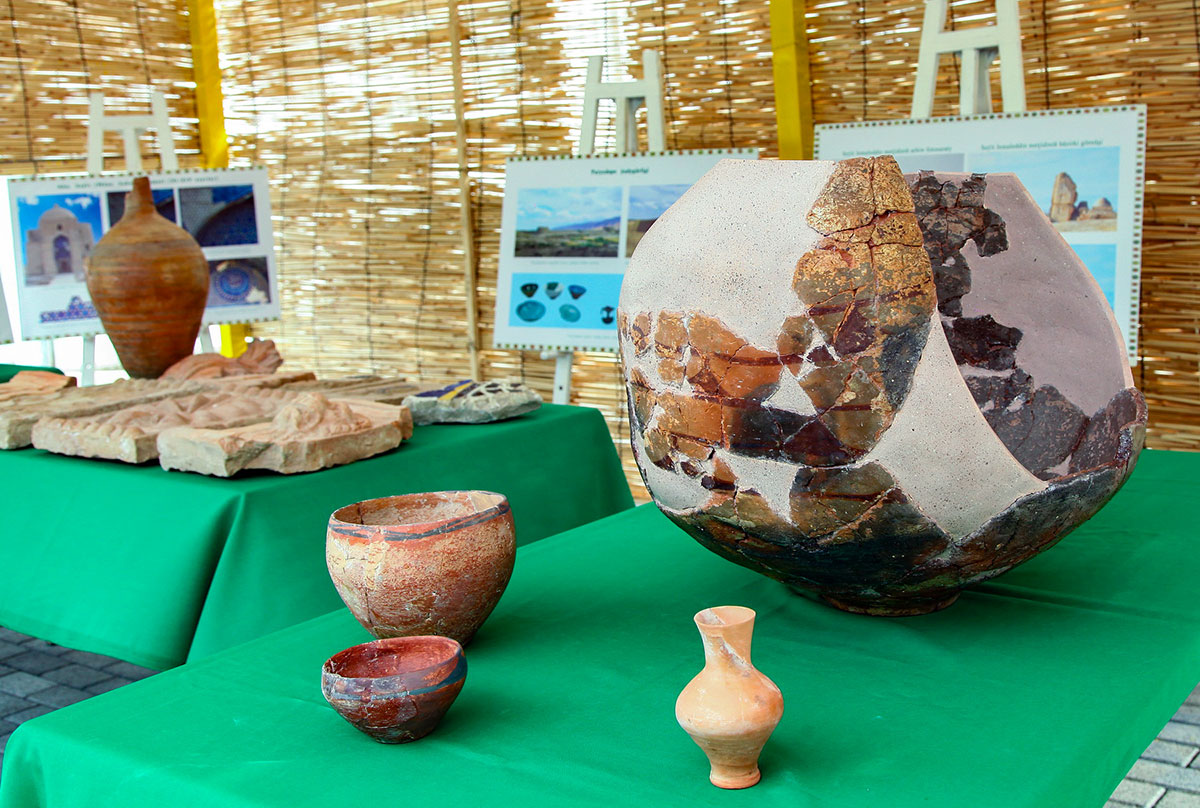
It should be noted that Anev is one of the ancient cities that played an amazing role in the glorious history of our people. It contains monuments of national culture of the past. In 1904, archaeological excavations were carried out on the hills of Anev, as a result of which a lot of valuable information was obtained about the agricultural culture that was rapidly developing here in the Eneolithic epoch. During archaeological expeditions, fragments of walls of buildings, tools, and ceramics were discovered in the cultural layers of the Copper-Stone Age. Among the finds were also grains of wheat «ak bugdaý».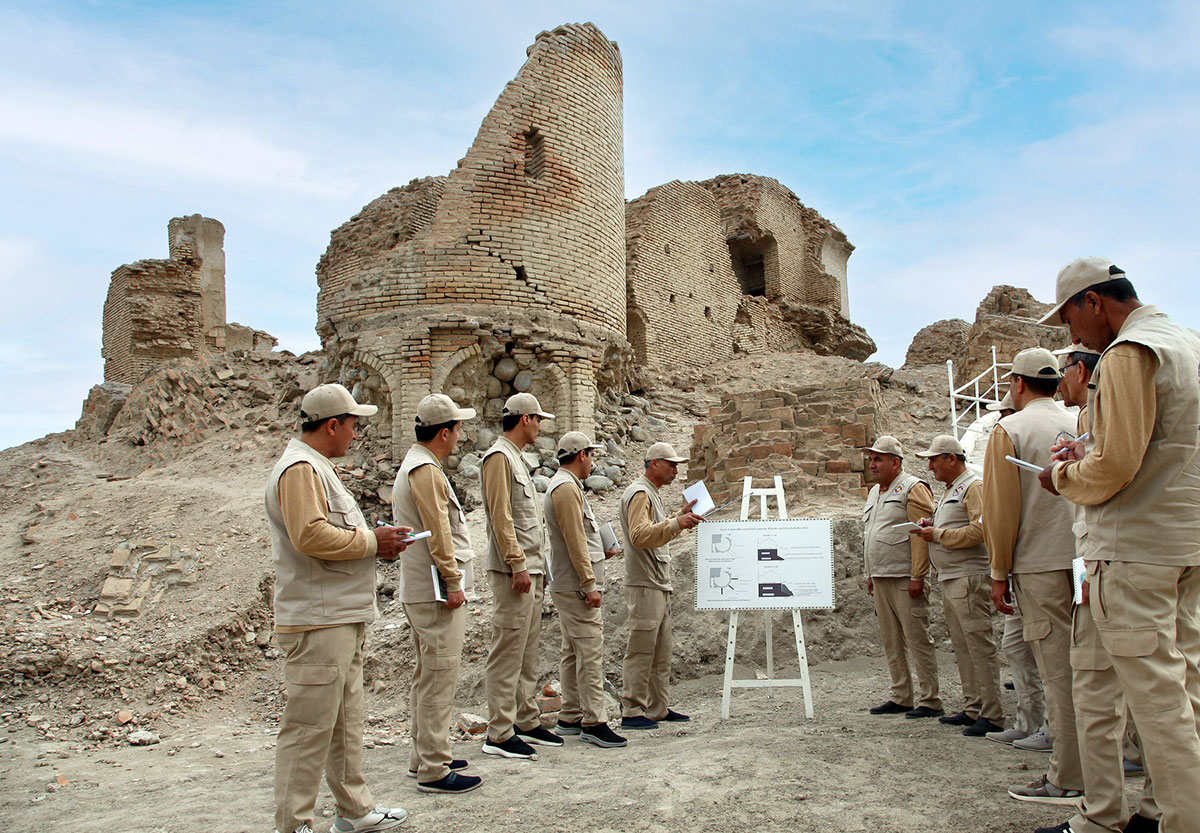
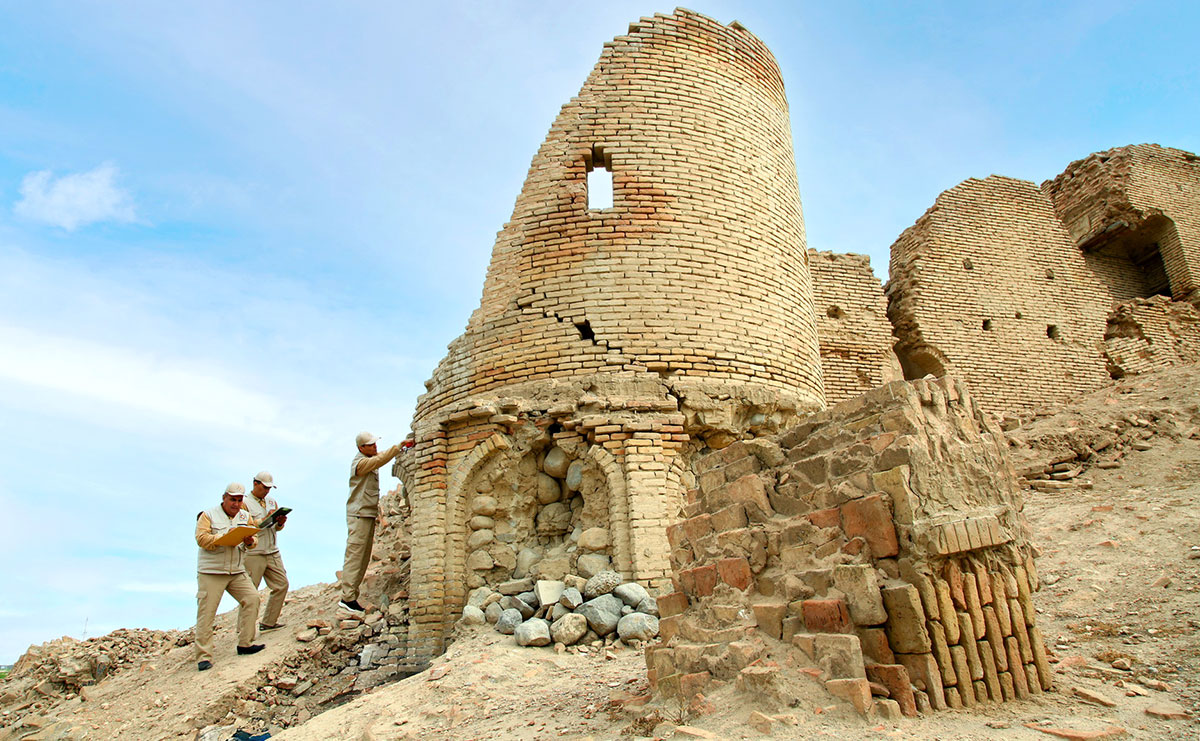
After the above-mentioned discoveries, the archaeological culture of the Eneolithic era was named «Anev culture», which caused a sensation in the world scientific community. In the middle of the 20th century, several more monuments of the Anev culture were discovered. The heyday of the Anev fortress, located on the Great Silk Road, came during the Middle Ages, and now our modern city of Anev is flourishing with the same scope, which is systematically being built up with social infrastructure facilities.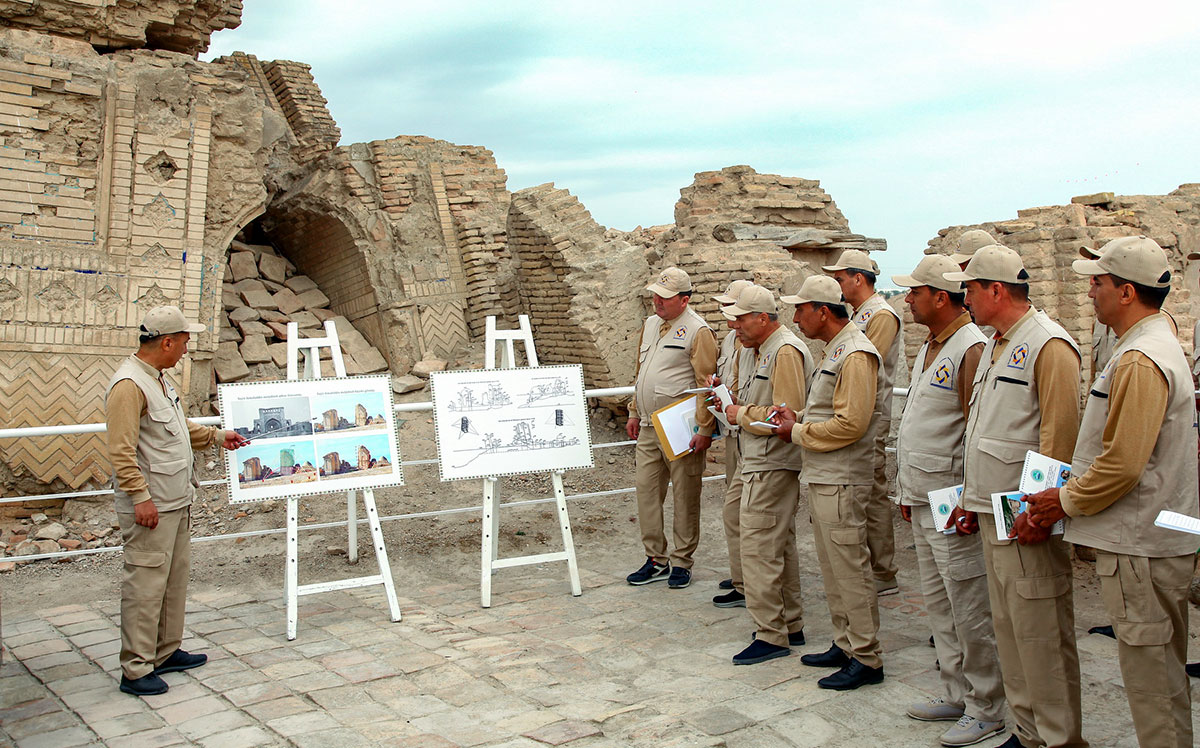
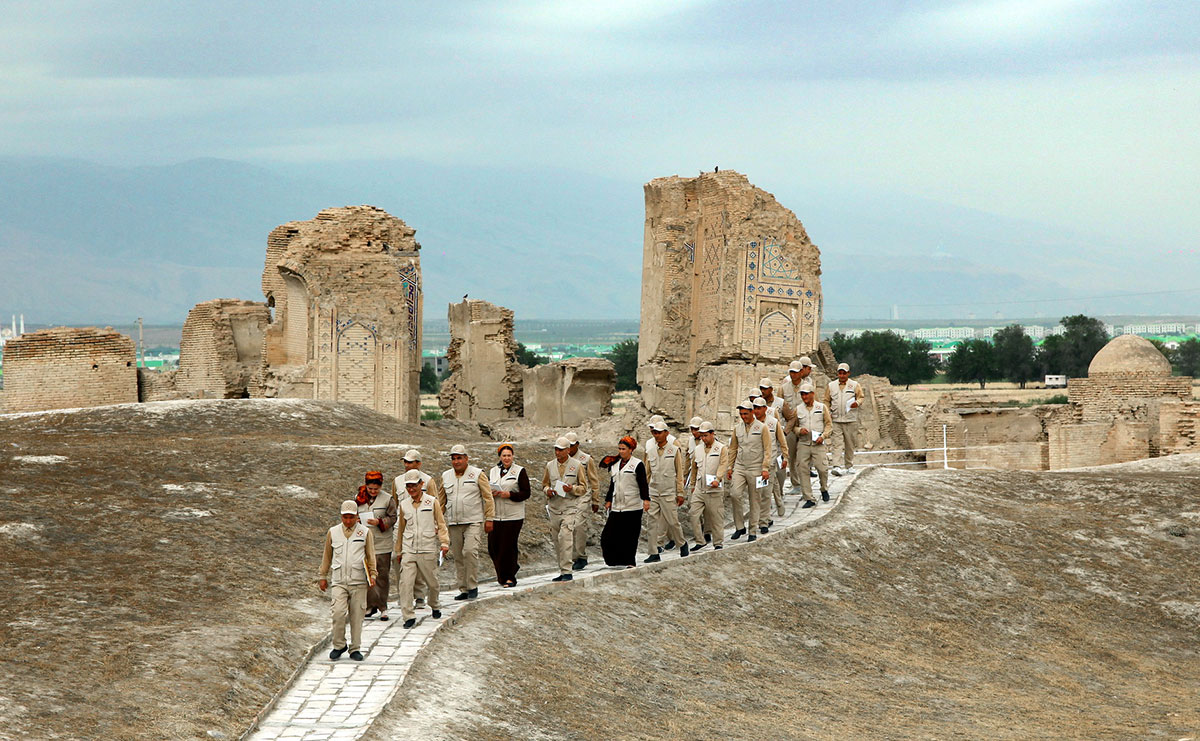
The ancient city of Anev, where numerous evidences were found that the Turkmen people have an ancient and rich history and culture, was rightfully chosen as the cultural capital of the Turkic world last year. The book by the President of Turkmenistan Serdar Berdimuhamedov «Anev - a culture from the depths of millennia» is dedicated to this significant event.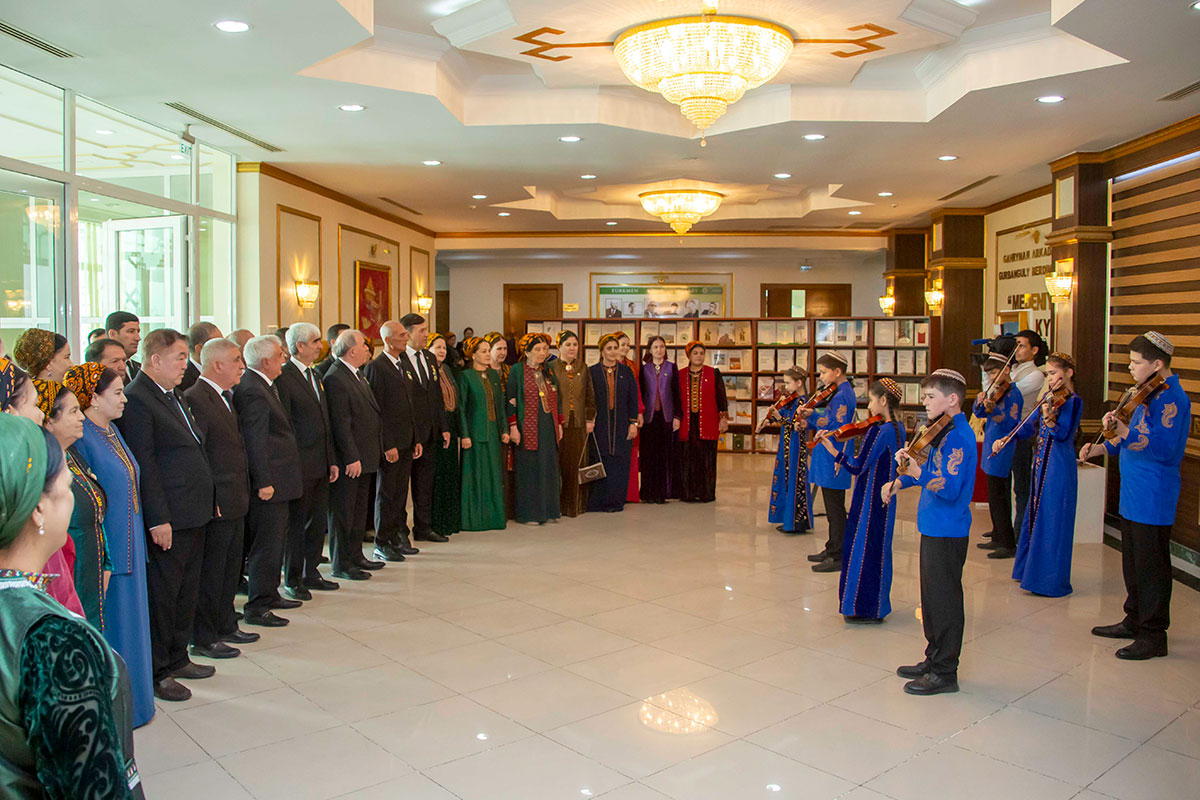
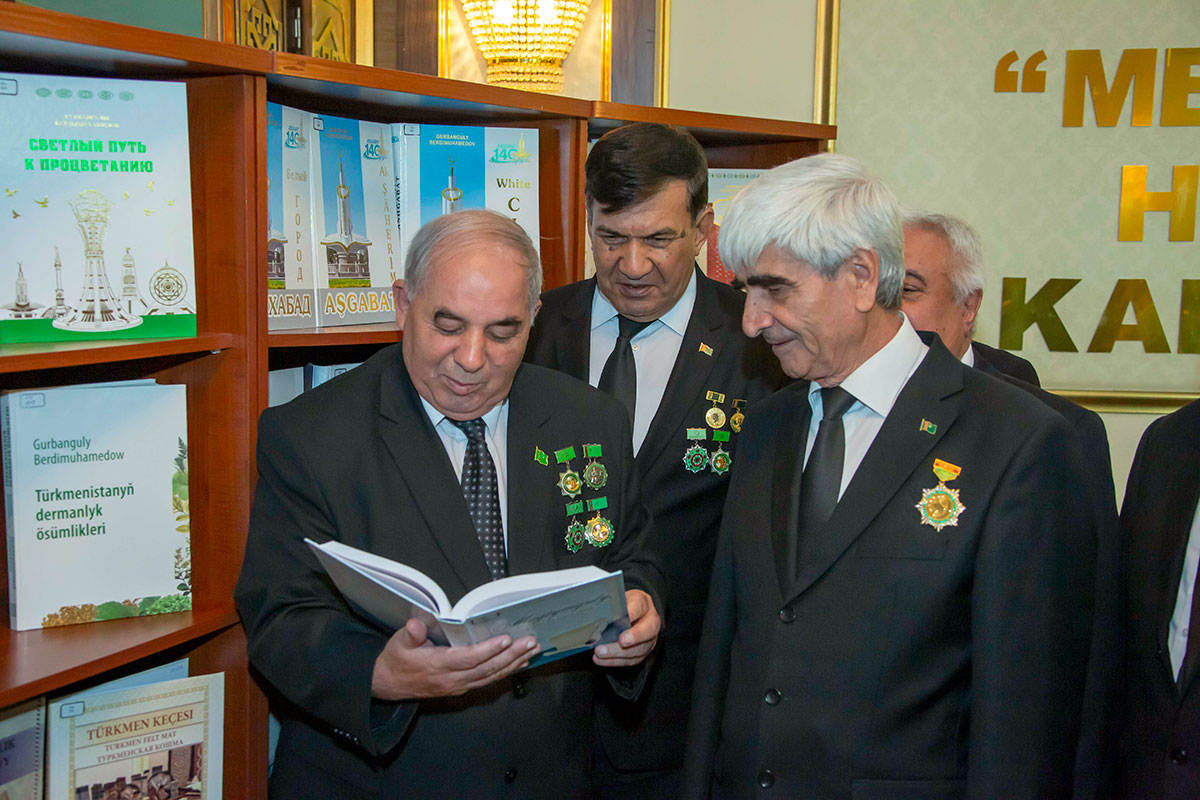
In the preface to the book, the head of state notes that world-famous archaeologists and historians, conducting scientific research and archaeological excavations in our country, have discovered many important finds and made sensational discoveries of global significance. A worthy contribution to this large-scale work was made by Raphael Pampelli, one of the first to announce to the world the unique culture of Anav, as well as Vadim Masson, Victor Sarianidi and other outstanding scientists.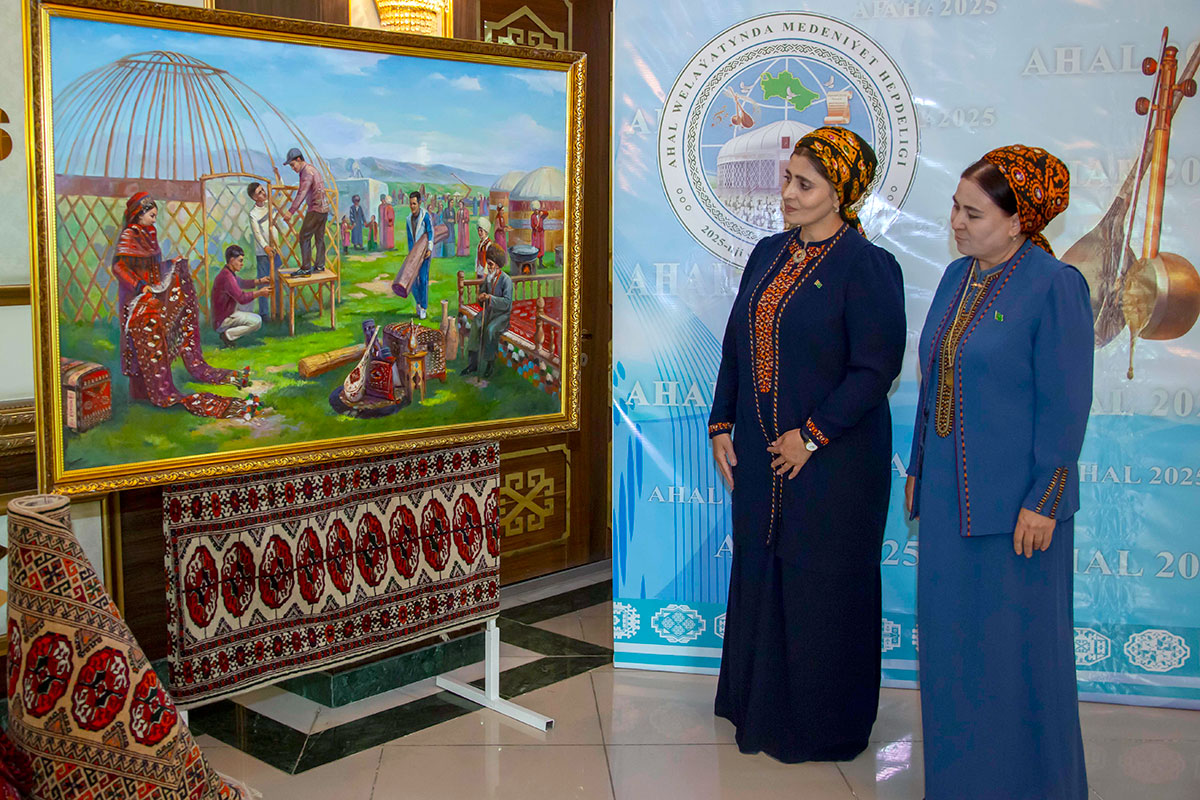
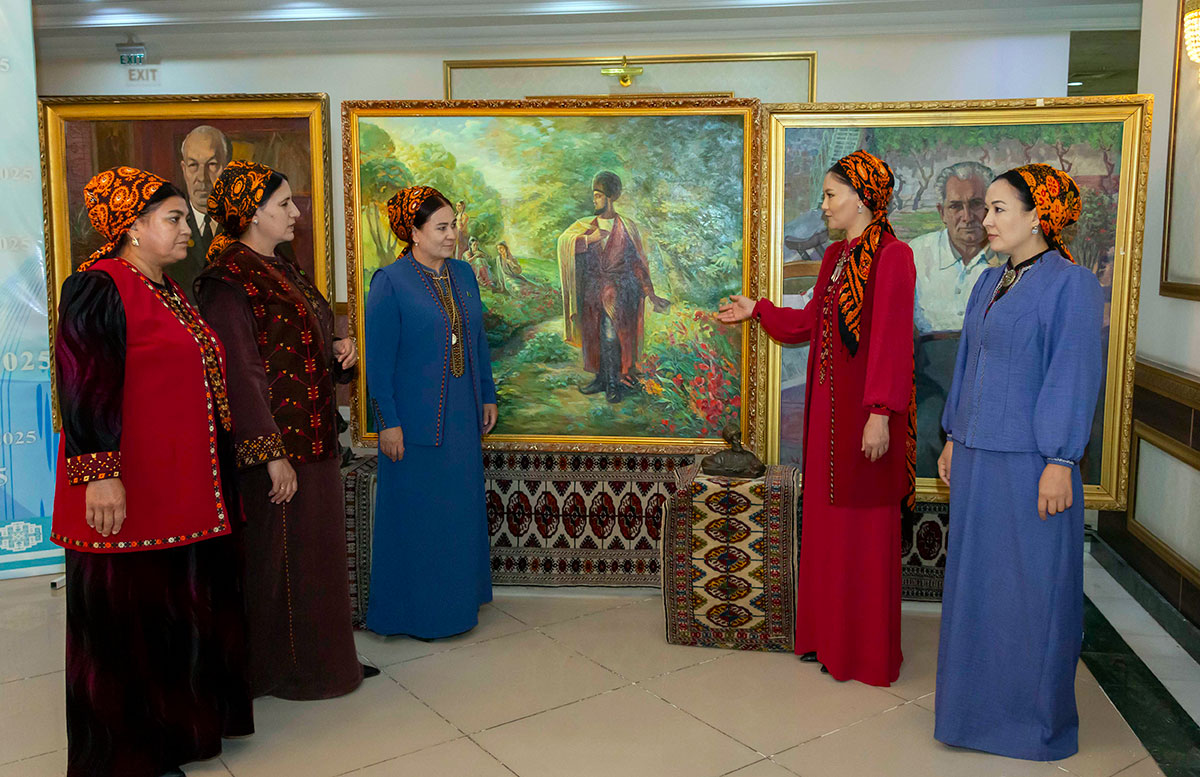
The author's concept of the work is revealed in its composition, which includes three thematic chapters. Thus, the chapter «The Uniqueness of Ancient Anav», consisting of a number of sections, tells about the history of the city, rooted deep into the millennia, about its architectural monuments.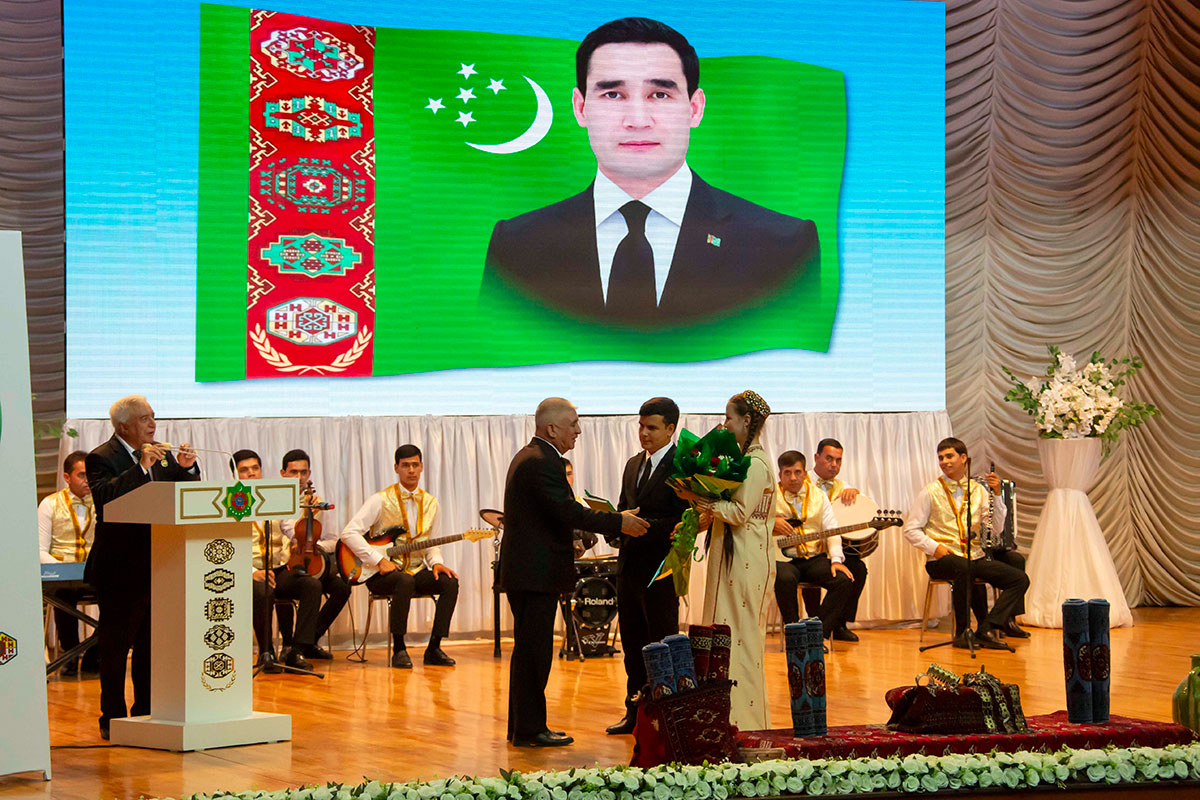
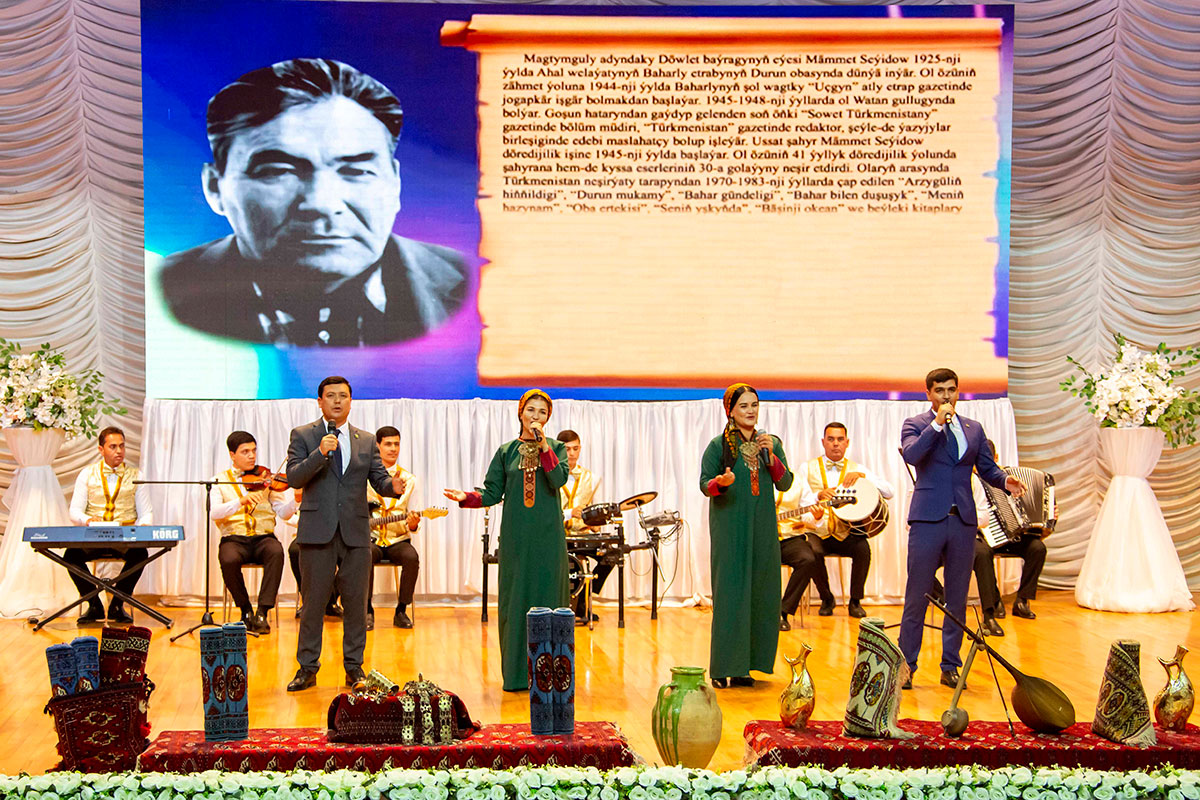
Among them is the medieval complex of Seyit Jemaletdin, erected in the 15th century. One of its objects is a mosque. Its portal is decorated with amazingly beautiful and unusual mosaics in terms of pictorial elements, in relation to which, as well as the construction of the mosque itself, there are ancient folk legends. The Ashgabat earthquake of 1948 destroyed the architectural complex and the mosque. In the epoch of independence, domestic specialists extracted and restored fragments of the original tiled mosaic from under the rubble, now exhibited in the Museum of Fine Arts of Turkmenistan.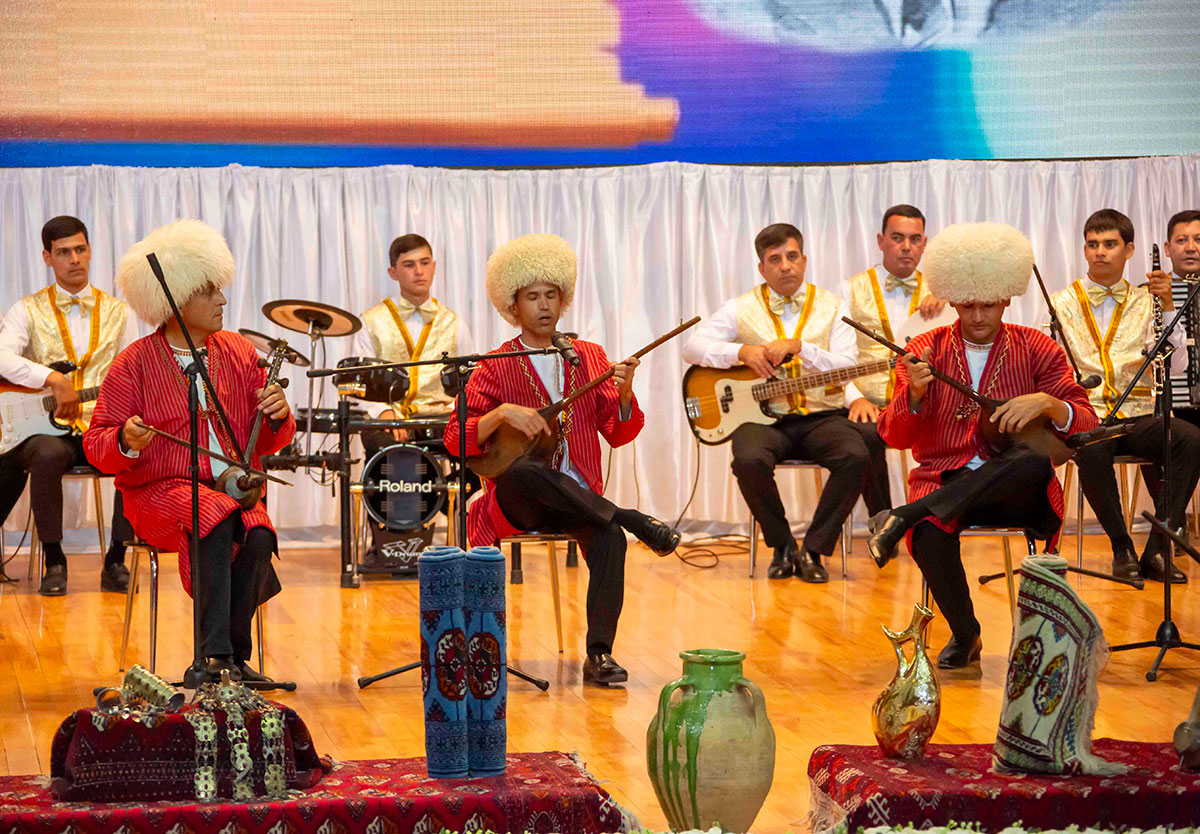

In this chapter, the author also pays attention to the age of the city of Anav, the results of research conducted in the middle of the last century on the territory of the fortress of the same name by the South Turkmenistan Archaeological Complex Expedition (STACE), which was headed by the famous scientist, academician Mihail Masson - the father of the archaeologist Vadim Masson.
Here, on the basis of scientific data and historical information, the further development of the city, the features of its layout and arrangement are described.
A separate section is devoted to the ancient culture of Anev, including the agricultural «Jeytun» culture that arose in this territory in the Neolithic era (VII-VI millennia BC). According to scientists, this land still holds many secrets that are of interest for future research.
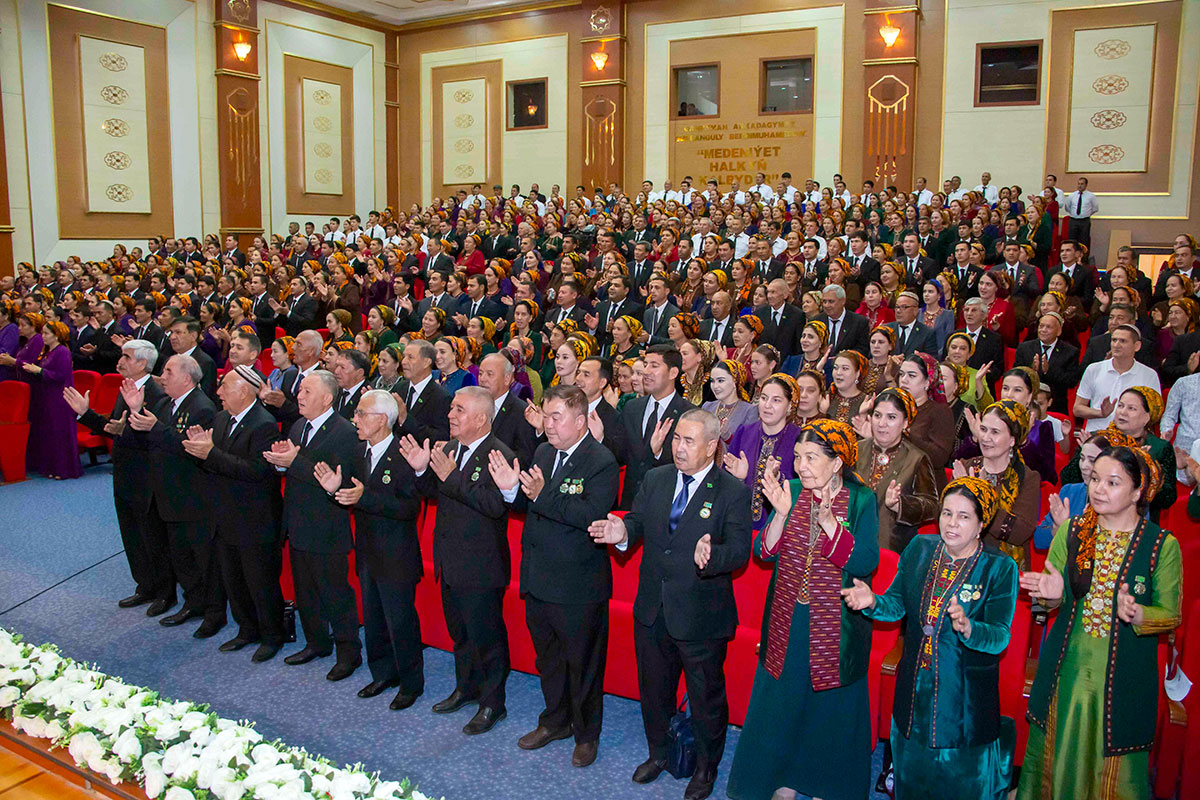
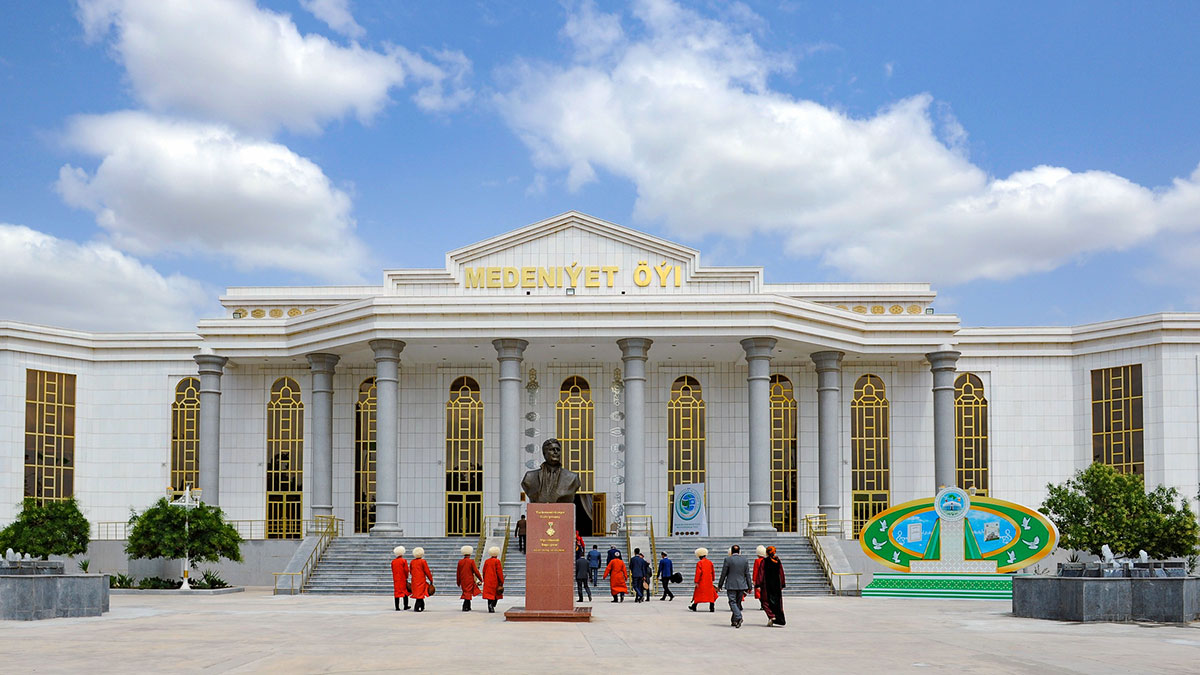
During the field scientific and methodological seminar, leading specialists and scientists discussed current approaches and innovative technologies used in archeology, in the restoration and conservation of cultural heritage.
Then, a musical and creative meeting «Halypa şahyrlara hormat» dedicated to the 110th anniversary of the birth of the people's writer of Turkmenistan, poet Gara Seyitliyev and the 100th anniversary of the birth of the poet Mammet Seyidov took place in the House of Culture of the Baherden etrap.
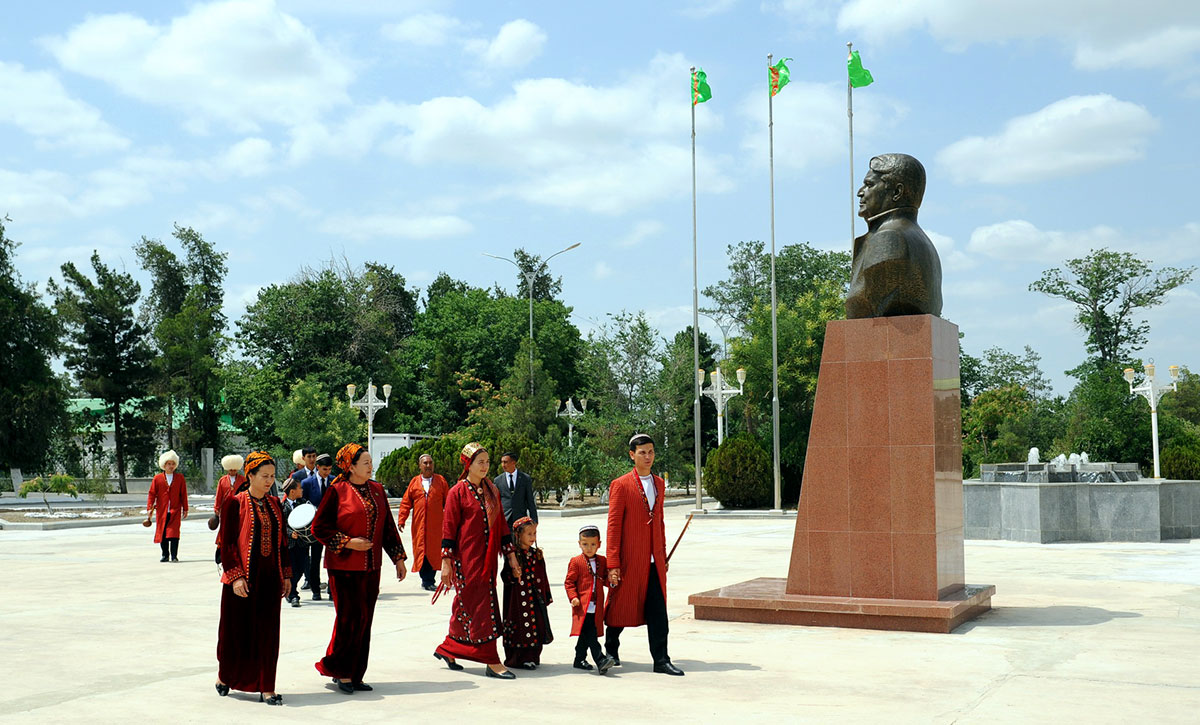
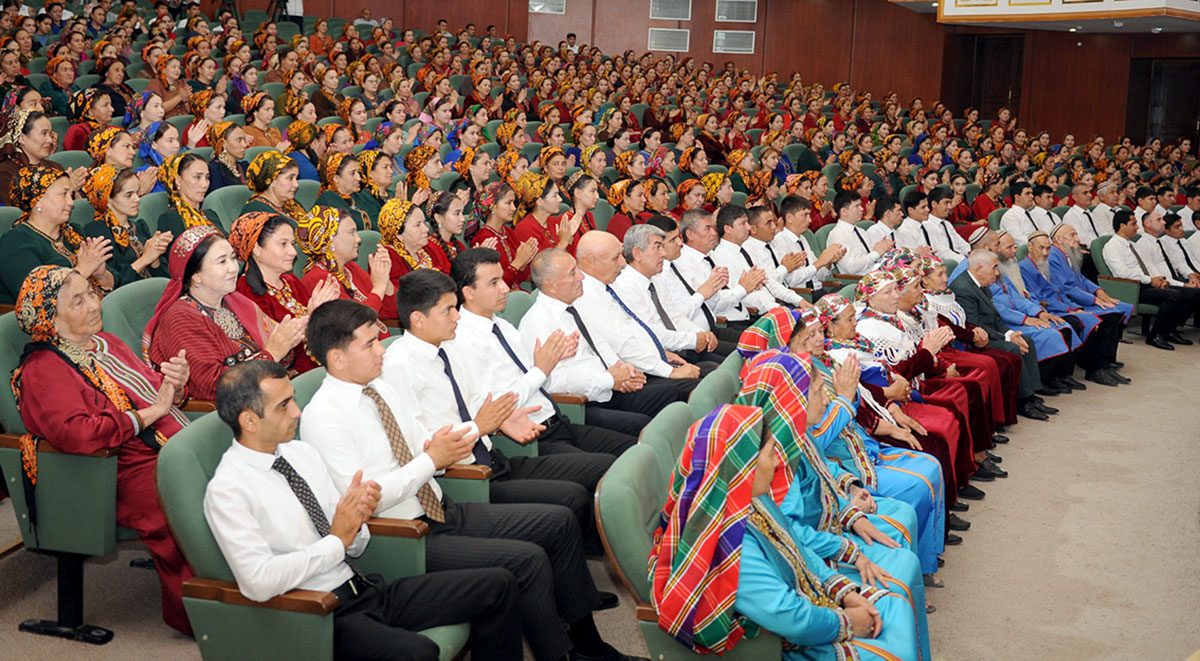
Connoisseurs of Turkmen literature gathered here to pay tribute to the outstanding masters of words, whose work made an invaluable contribution to the development of national poetry.
The poems of Gara Seyitliyev and Mammet Seyidov were recited, songs written to their works were performed, which is an expression of deep respect and admiration for their talent. The participants of the event reminded the life and creative path of the poets, emphasising their role in the education of the younger generation and the formation of their personal qualities, the preservation of national identity.
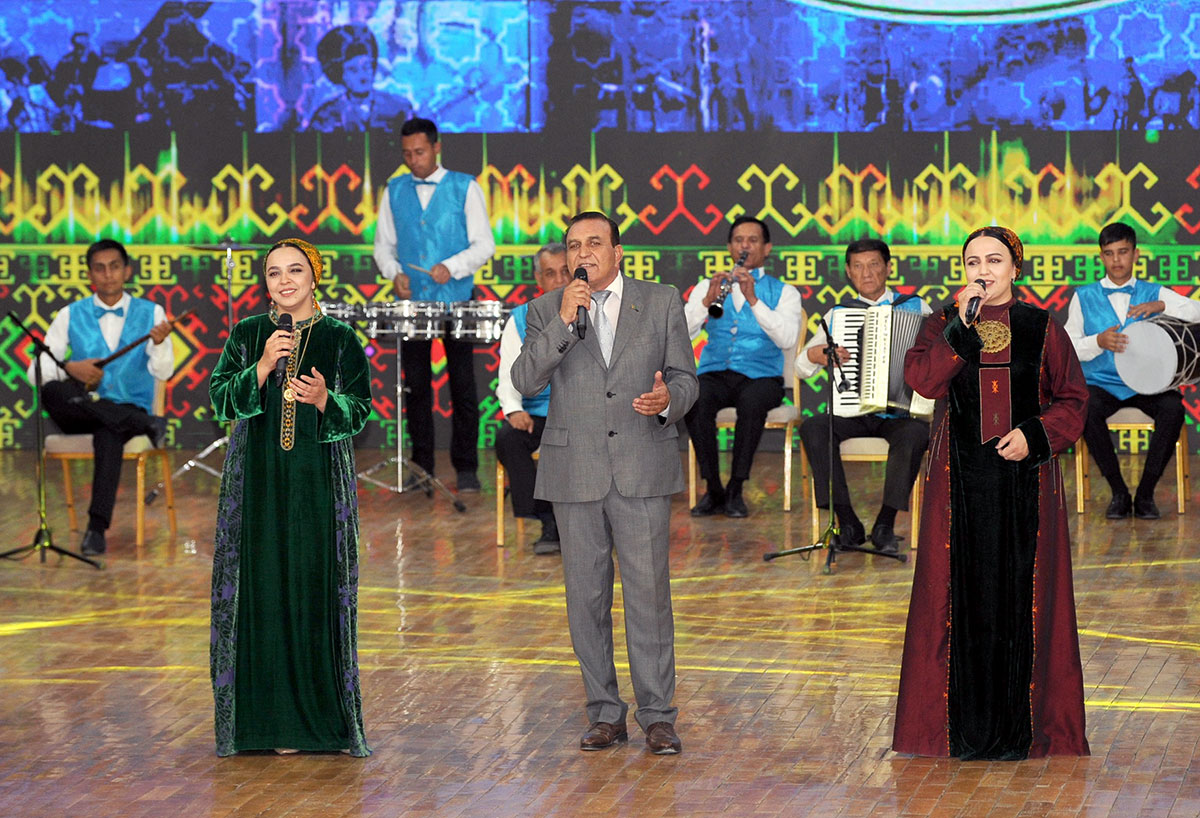
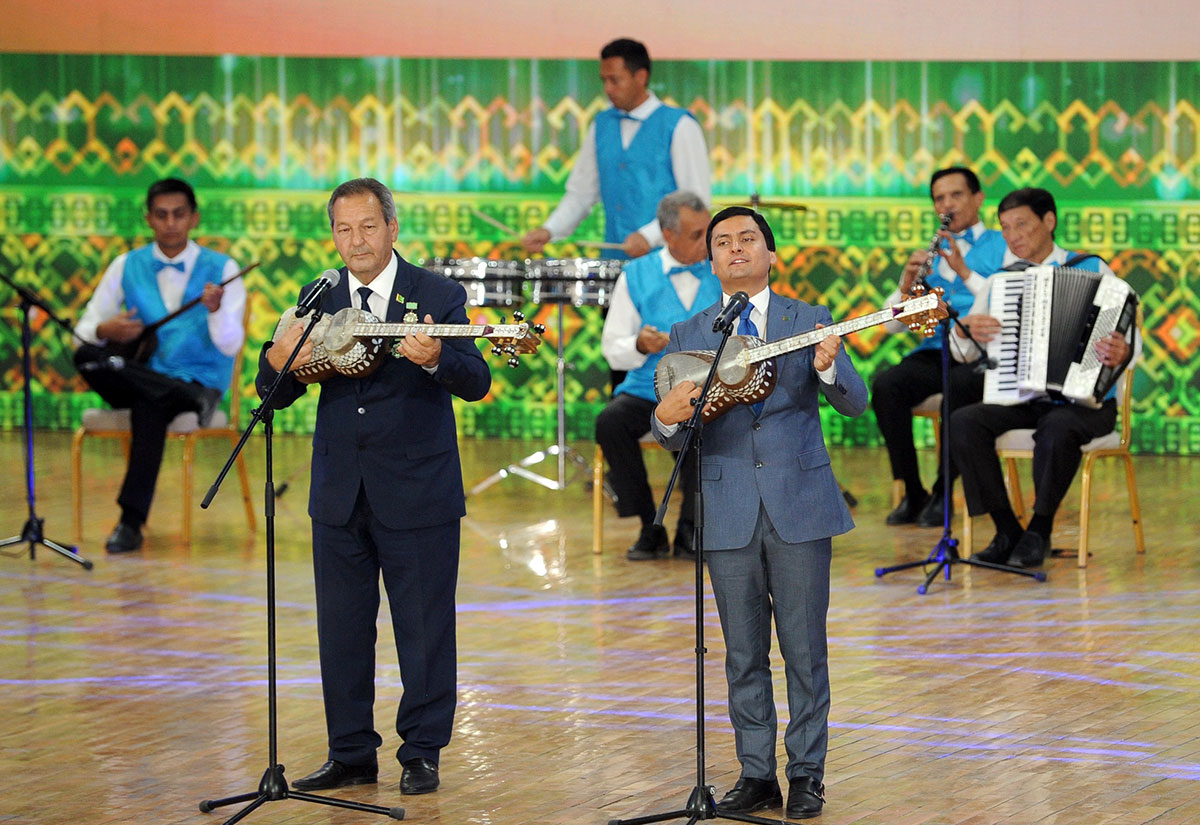
As noted, their works are distinguished by the depth of thought and artistic perfection. Many of them were set to music, becoming popular songs.
The current meeting is a vivid confirmation of the careful attitude to the literary heritage and memory of the great cultural figures of Turkmenistan.
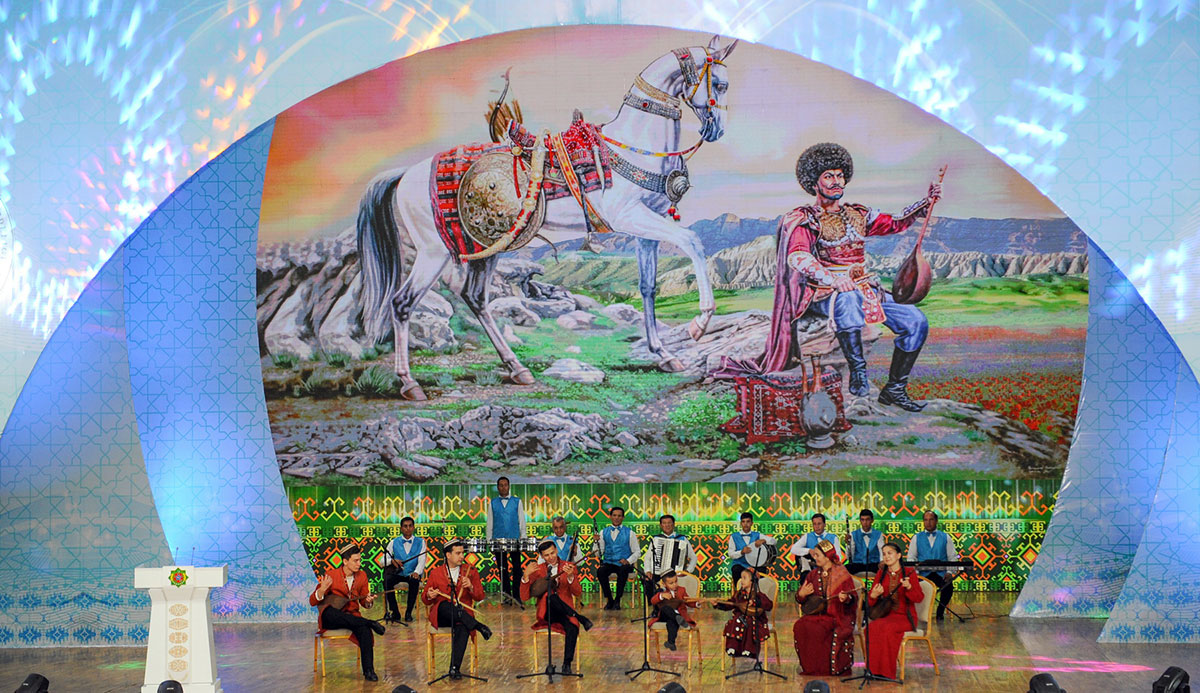
The events within the framework of the creative forum continued in the House of Culture of the village of Gami, Ak Bugday etrap, where a methodological conference on improving the activities of family musical groups and a concert were held. The initiative to hold such meetings helps to identify, support and develop talents, stimulates the interest of young people in art, their study of ancient cultural heritage.
The speakers shared best practices and methods aimed at raising the professional level of the groups, expanding their repertoire and improving their performance skills.
As noted, the organisation of concerts and festivals provides family groups with a platform to demonstrate their skills. At these events, they perform both traditional folk and modern pieces, demonstrating the richness and diversity of the musical heritage of Turkmenistan. Young talents learn from the older generation to master folk instruments and vocal traditions, ensuring the continuity of cultural development.
The concert, where family ensembles demonstrated their skills by performing both folk melodies and modern pieces, summed up the symbolic results of the conference. This event became not only a platform for exchanging experiences, but also a real celebration of music, emphasising the importance of maintaining the continuity of generations in art.
A grand concert, which gathered talented cultural and art figures of the Lebap and Mary velayats on the stage of the Anev City Culture House, sounded the final chord of the creative event, turning into a real celebration of friendship and a special form of cultural exchange between the two regions of Turkmenistan. Artists from Lebap and Mary presented to the audience compositions that organically combined traditional melodies and modern arrangements, works in various genres, demonstrating the richness and diversity of musical heritage.
The concert, which demonstrated the richness and diversity of the cultural heritage of each velayat, was held in a warm and inspiring atmosphere, confirming that culture and art are a powerful unifying principle.
In this way, the panorama of events of the next day of the Culture Week clearly reflected the achievements and dynamics of the positive development of the domestic sphere of culture and art, which contribute to the creation of optimal conditions for the further development of the creative potential of society.
